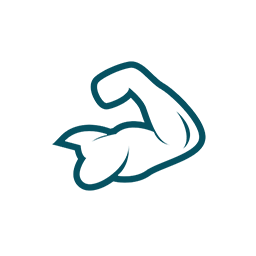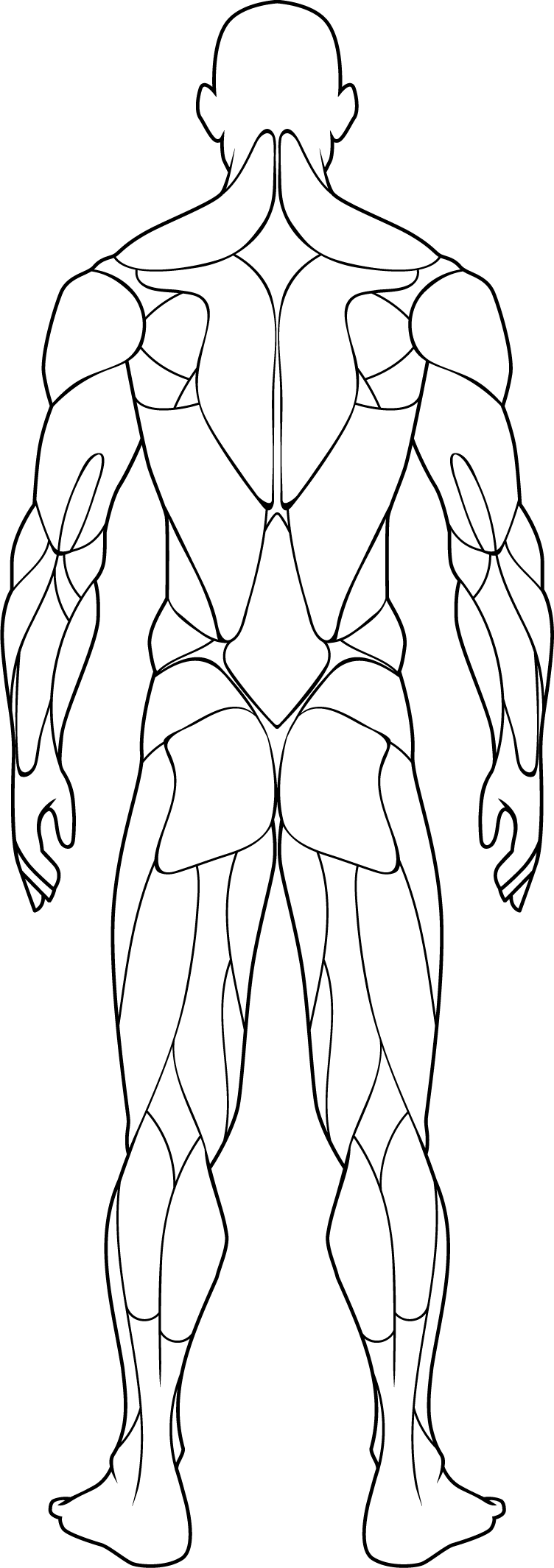The spine muscles, also known as the paraspinal muscles, are a group of muscles located alongside the vertebral column (spine) and play a crucial role in supporting and stabilizing the spine, as well as facilitating various movements of the trunk and neck. These muscles extend from the base of the skull down to the pelvis and sacrum, encompassing both the cervical (neck), thoracic (upper and mid-back), lumbar (lower back), and sacral regions of the spine.
The spine muscles, also known as the paraspinal muscles, are a group of muscles located alongside the vertebral column (spine) and play a crucial role in supporting and stabilizing the spine, as well as facilitating various movements of the trunk and neck. These muscles extend from the base of the skull down to the pelvis and sacrum, encompassing both the cervical (neck), thoracic (upper and mid-back), lumbar (lower back), and sacral regions of the spine.
The spine muscles can be categorized into three main groups based on their location and function: the superficial back muscles, the intermediate back muscles, and the deep back muscles.
Superficial Back Muscles:
Trapezius: While the trapezius muscles primarily function to move and stabilize the shoulder blades (scapulae), they also play a role in extending and laterally flexing the neck. The upper fibers of the trapezius elevate the scapulae (shrugging), the middle fibers retract the scapulae (bringing them toward the spine), and the lower fibers depress the scapulae (bringing them downward).
Latissimus Dorsi: The latissimus dorsi muscles are large, fan-shaped muscles located on the sides of the back. They primarily function to extend, adduct, and internally rotate the shoulder joint. However, they also contribute to trunk extension and stabilization.
Intermediate Back Muscles:
Rhomboids: The rhomboid muscles consist of the rhomboid major and rhomboid minor. These muscles are located deep to the trapezius and primarily function to retract the scapulae (pulling them toward the spine) and downwardly rotate the scapulae.
Levator Scapulae: The levator scapulae muscles originate from the transverse processes of the cervical vertebrae and insert into the upper border of the scapula. They primarily function to elevate and downwardly rotate the scapulae, as well as assist in lateral flexion of the neck.
Deep Back Muscles:
Erector Spinae: The erector spinae muscles are a group of paired muscles that run vertically along the length of the spine. They consist of three main muscles: the iliocostalis, longissimus, and spinalis. Collectively, the erector spinae muscles play a crucial role in extending and laterally flexing the spine, as well as providing stability to the vertebral column.
Multifidus: The multifidus muscles are deep muscles that run along the length of the spine and are located deep to the erector spinae. They play a crucial role in stabilizing the spine, controlling movements of individual vertebrae, and assisting in trunk extension and rotation.
Rotatores: The rotatores muscles are small, deep muscles located along the length of the spine. They primarily function to stabilize and rotate the vertebrae of the spine, assisting in spinal movement and stability.
These spine muscles work together to provide support, stability, and mobility to the spine, allowing for various movements such as bending, twisting, and extending. Strengthening and conditioning these muscles through targeted exercises can help improve posture, reduce the risk of back pain and injury, and enhance overall spinal health and function. Exercises such as back extensions, rows, deadlifts, and stabilization exercises can effectively target the spine muscles and promote strength, stability, and flexibility throughout the entire back. As always, it's essential to perform exercises with proper form and technique to minimize the risk of injury and maximize the benefits of training. If you're new to strength training or have any concerns, consider working with a qualified fitness professional or physical therapist to develop a safe and effective workout plan tailored to your goals and fitness level.
The spine muscles can be categorized into three main groups based on their location and function: the superficial back muscles, the intermediate back muscles, and the deep back muscles.
Superficial Back Muscles:
Trapezius: While the trapezius muscles primarily function to move and stabilize the shoulder blades (scapulae), they also play a role in extending and laterally flexing the neck. The upper fibers of the trapezius elevate the scapulae (shrugging), the middle fibers retract the scapulae (bringing them toward the spine), and the lower fibers depress the scapulae (bringing them downward).
Latissimus Dorsi: The latissimus dorsi muscles are large, fan-shaped muscles located on the sides of the back. They primarily function to extend, adduct, and internally rotate the shoulder joint. However, they also contribute to trunk extension and stabilization.
Intermediate Back Muscles:
Rhomboids: The rhomboid muscles consist of the rhomboid major and rhomboid minor. These muscles are located deep to the trapezius and primarily function to retract the scapulae (pulling them toward the spine) and downwardly rotate the scapulae.
Levator Scapulae: The levator scapulae muscles originate from the transverse processes of the cervical vertebrae and insert into the upper border of the scapula. They primarily function to elevate and downwardly rotate the scapulae, as well as assist in lateral flexion of the neck.
Deep Back Muscles:
Erector Spinae: The erector spinae muscles are a group of paired muscles that run vertically along the length of the spine. They consist of three main muscles: the iliocostalis, longissimus, and spinalis. Collectively, the erector spinae muscles play a crucial role in extending and laterally flexing the spine, as well as providing stability to the vertebral column.
Multifidus: The multifidus muscles are deep muscles that run along the length of the spine and are located deep to the erector spinae. They play a crucial role in stabilizing the spine, controlling movements of individual vertebrae, and assisting in trunk extension and rotation.
Rotatores: The rotatores muscles are small, deep muscles located along the length of the spine. They primarily function to stabilize and rotate the vertebrae of the spine, assisting in spinal movement and stability.
These spine muscles work together to provide support, stability, and mobility to the spine, allowing for various movements such as bending, twisting, and extending. Strengthening and conditioning these muscles through targeted exercises can help improve posture, reduce the risk of back pain and injury, and enhance overall spinal health and function. Exercises such as back extensions, rows, deadlifts, and stabilization exercises can effectively target the spine muscles and promote strength, stability, and flexibility throughout the entire back. As always, it's essential to perform exercises with proper form and technique to minimize the risk of injury and maximize the benefits of training. If you're new to strength training or have any concerns, consider working with a qualified fitness professional or physical therapist to develop a safe and effective workout plan tailored to your goals and fitness level.


